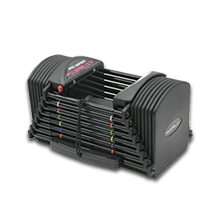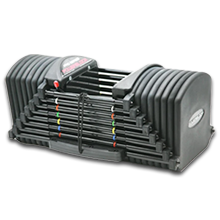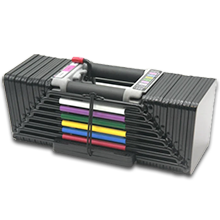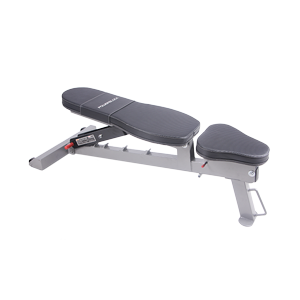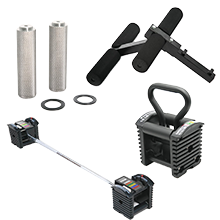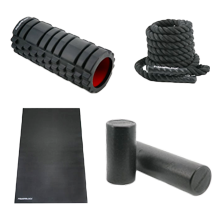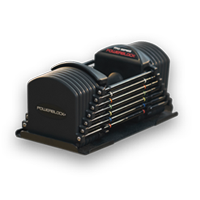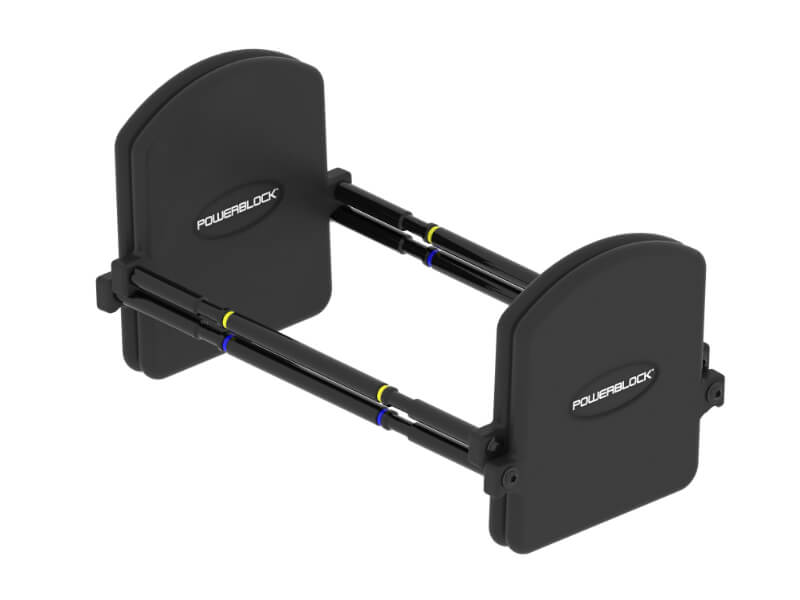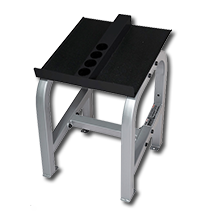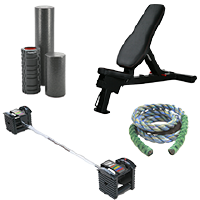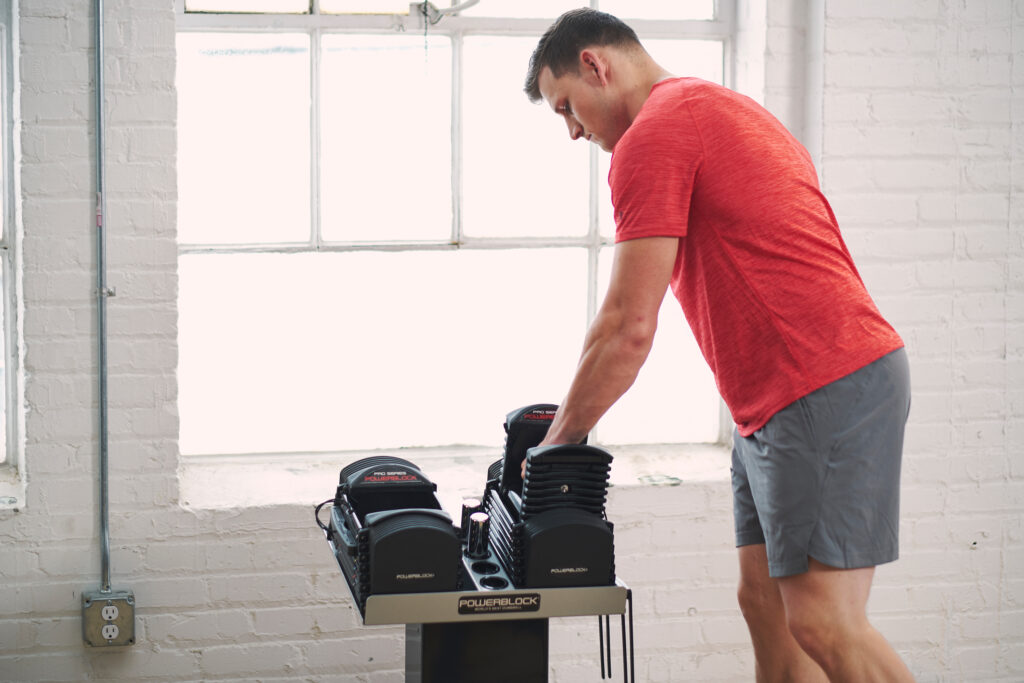How To Start A Workout Routine With Your New PowerBlock Dumbbells
If you have recently decided to commit to a workout routine for the first time, you may need a little guidance to get started. Your new PowerBlock Dumbbells look great in your basement gym setup, yet you stare at them and think to yourself, “. . . now what?”.
I remember my first experience with strength training as a kid. My dad had the old school metal dumbbells and a NordicFlex Gold multi-gym set up. When I decided I wanted to try strength training, I would basically just go down in the basement every so often and mess around. I’d do some push ups, chest pressing, rows, curls — but there was no real structure to how I was training. I had no clue how to design a program, or what exercises were the most effective for building strength and muscle. I would make some progress, but not anything significant or noticeable to other people.
This is where a lot of people find themselves when trying to establish an effective training program. Some of you reading this may even feel that way right now! As a personal trainer, I’m a big believer in “any action is better than no action” when it comes to exercise. However, I also hate to see people suffering from analysis paralysis when trying to figure out what to do in the gym. Unfortunately, this paralysis often causes them to end up doing things that aren’t effective or do nothing at all. It’s good to take action and just do something, but having a plan is even better. If you already have a weekly workout plan, but want to learn about rep schemes for specific outcomes, you can check out my previous PowerBlock article titled “How Many Reps Is Right For You?”
Here’s how I recommend structuring your weight training program based on how often you plan on hitting the gym. If you don’t follow these guidelines, it won’t ruin all your potential progress, but it may make your progress happen more slowly or make your recovery a little more challenging.
If you plan on training . . .
1-2 Days Per Week:
Full body training sessions will be the most effective and efficient way to train if your overall time in the gym will be limited. Focus on the major movements like squats, deadlifts, overhead pressing, chest pressing, and rowing. We call these “compound movements” because they involve multiple joints and muscle groups to complete. These movements will give you the most return on your efforts in terms of fat loss, strength and muscle gains. You will also want to incorporate some training for your core, which will help you be stronger and more stable in your major lifts.
3 Days Per Week:
With this frequency, you have two options. The first option is to do 3 full body sessions, with at least a day off in between. The other structure would be to split your workouts into 1 full body session, 1 lower body session, and 1 upper body session. This ensures that you are still hitting all the major muscle groups and the two options allows for some latitude based on personal preference or scheduling needs. You could even alternate between the two options from week to week! Be sure to incorporate core training with these structures as well.
4 Days Per Week:
Working out 4 days per week will lead you in the direction of body part or muscle group splits. On a 4-day lift schedule, you should train 2 days of upper body and 2 days of lower body. The optimal split for the week would be to train upper body, then lower body, take a day off, and repeat. The majority of your programming should be compound movements with some isolation movements mixed in (like curls or tricep press downs). I generally incorporate 75-80% compound lifts and 20-25% isolation exercises. You will also want to add core training to at least 2 days each week. I recommend pairing your core training with your upper body training days. Your core muscles are necessary to stabilize and protect your spine during the lifts.
5 Days Per Week:
If you want to train 5 days each week, split your training further into separate “push” and “pull” days for both your upper and lower body. Push and pull exercises are basically just what they sound like. Push movements are when the muscles contract as the weight is pushed away from you. Pull movements are just the opposite — the muscles contract as you pull the weight towards you. I would still adhere to doing 75-80% compound lifts with some isolation movements added as well. And of course the core training is still necessary. Just like the 4 Days Per Week structure, I recommend 2 days of core training per week (at minimum).
6 Days Per Week:
This is the maximum strength training frequency I would recommend to anyone. For most people, I think 5 days each week is plenty of training stimulus to make good progress. If you do choose to have a 6-day training schedule, you need to break it down even further to really focus on individual muscle groups. Doing so ensures that you’re not missing anything and also allows sufficient time for rest and recovery. The total training volume here is much higher, so there’s more room to allow for isolation movements as you see fit.
At the end of the day, these are just suggestions, but this is what I’ve seen work best for my clients and in my own training. The more often you train, the more thought needs to go into the program structure in terms of rest, recovery, scheduling and exercise selection. Keep in mind, that any regular weight training you do will be effective, even if you’re not following the guidelines I’ve laid out here. Honestly, I’d much rather see you take action and execute, rather than pouring over the details of how a program should be built. But there’s no question that having a training structure that makes sense based on how often you’re training, will help you make even more progress. If you walk into every training session with a plan, you’re much more likely to make progress and ultimately achieve your goals.
Email [email protected] with any comments, questions, or concerns. Or if you are interested in becoming a blog contributor.

